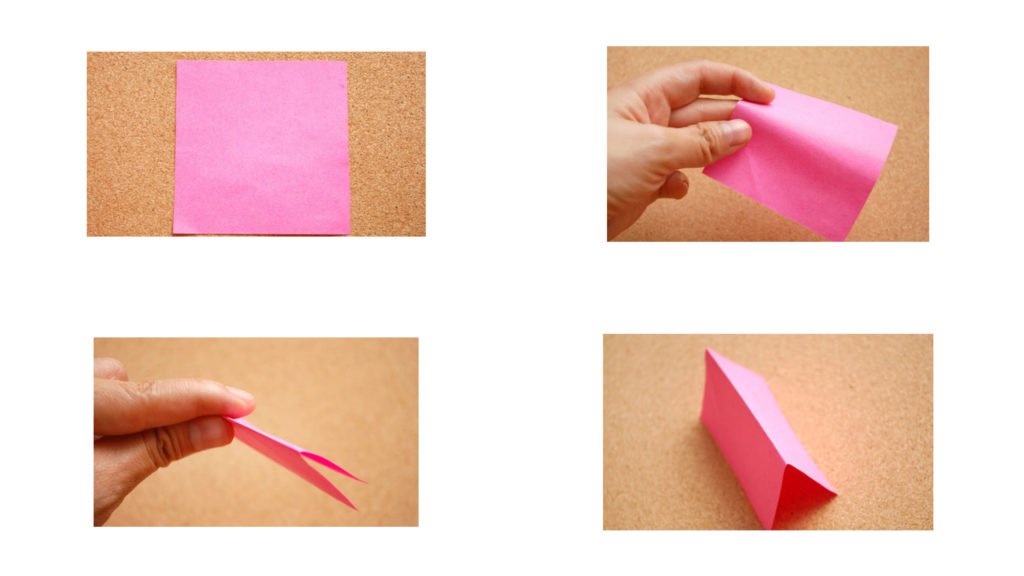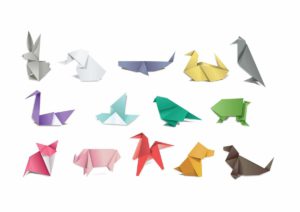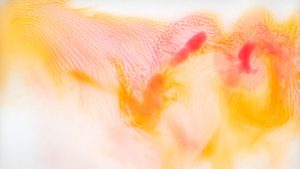Origami is a simple art that just requires a sheet of paper and your own two hands to master. As a result, it’s critical to use paper that folds nicely, holds its shape, and has the proper aesthetic to match the design vision you have in mind.
Many people new to origami have trouble determining which paper to use. Some people even stop folding altogether because they are using the incorrect material. Origami may be formed out of nearly any type of paper. However some papers make folding easier and more enjoyable, as well as resulting in a more attractive origami structure.
There are many different varieties of origami paper, and choosing the ideal one might be tough. This guide will assist you in identifying the appropriate paper for that unique design you’ve always wanted to try.
How To Choose The Right Origami Paper
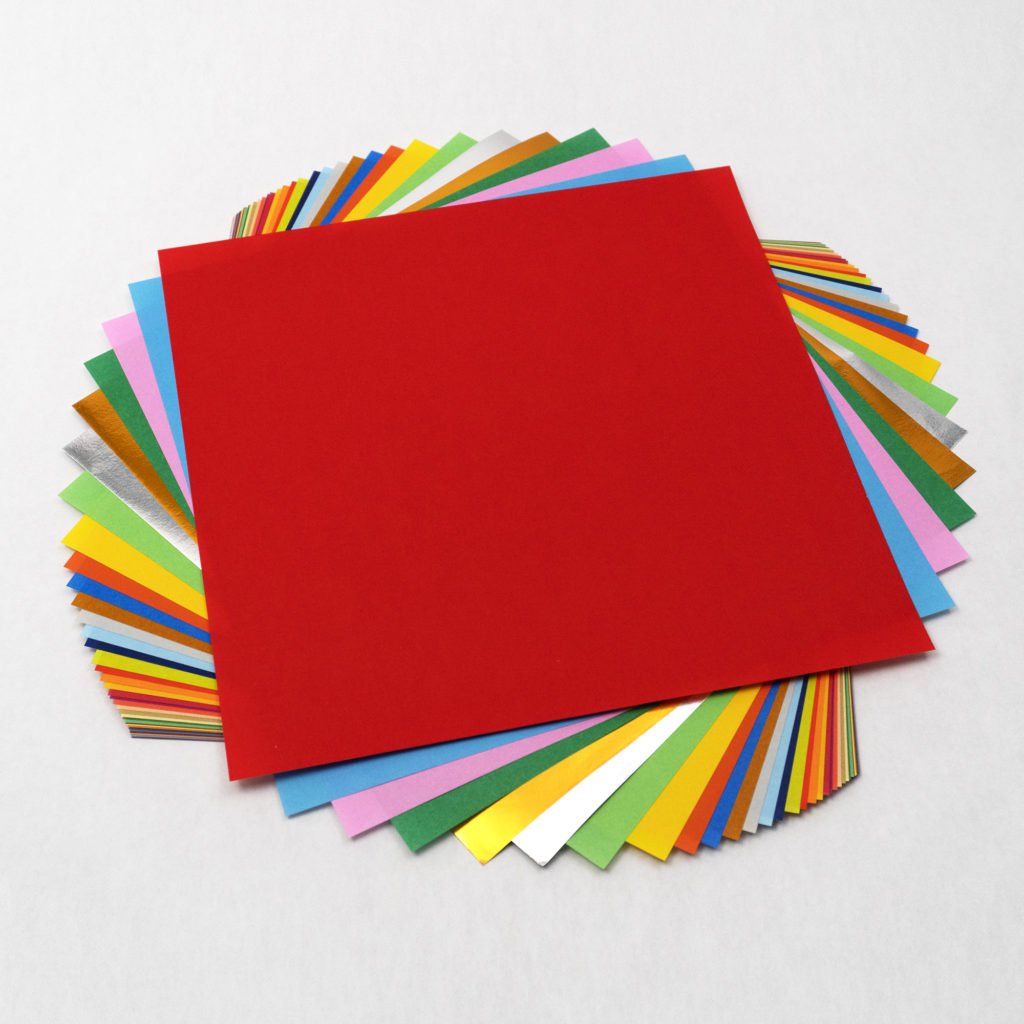
Examine Your Model’s Specifications

Good guidelines most often convey the type of paper that you should use for origami. You should definitely use the suggested paper. This is due to the fact that the model’s creator knows more about his model than the reader. Most origami pictures will specify the type of paper used, or you can guess from the image. Go with that paper if you like the result you see. In general, the more intricate a model is, the thinner and larger your paper should be.
Complexity usually results in additional creases. This necessitates the use of paper that can take wrinkles frequently. Even when several layers stack on top of each other. When it comes to models that need to be stable and robust, thicker paper has its place.
Origami papers cut to various sizes from a variety of colourful and pattern papers are pre-packaged in bags. This paper is really easy to fold, but it can also be somewhat flimsy, so keep that in mind when buying it.
Observe Your Origami Paper
Thickness, colour, and size are all characteristics of paper. So inspecting the paper more closely before folding is a good idea. In truth, origami paper comes in a wide range of quality.
Which size of paper should you purchase?
For troublesome small parts, origami paper can be cut to sizes as big as 30′′x20′′ and as compact as 1′′x1′′.
Most models can be made with traditional origami paper, which is 15cm (approximately 6 inches) squared. Large paper is ideal for intricate folds (figures that take an hour or more to fold), while Jumbo paper is ideal for the most intricate models.
Avoid using paper that rips quickly or won’t retain a crease.
What is the ideal paper for a beginner?
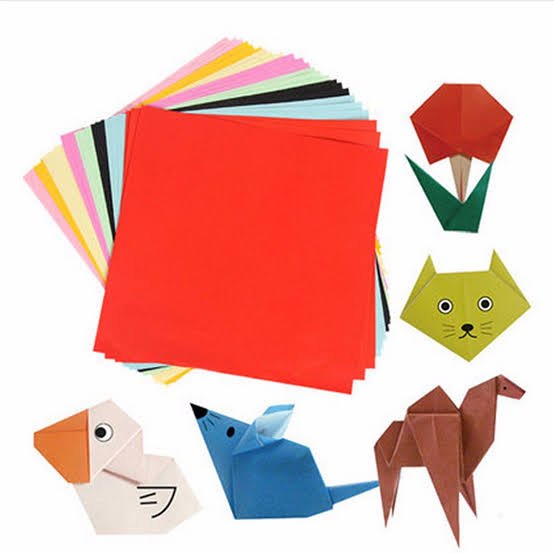
The ideal paper for learning origami is standard (or Kami in Japanese) origami paper. It’s sturdy and long-lasting, and it’s ideal for making progress! Depending on the sort of origami paper being made, they start with white base paper and ink or stamp various colours and designs onto it. The fact that normal origami paper has colour on one side and white on the other is one of its distinguishing features. It’s one of the most cost-effective varieties of origami paper available.
Printer paper is also ideal for beginners since it strikes a balance between the majority of paper’s qualities and is readily available. It is neither too heavy nor too light at 80g/m2. It holds its creases effectively and does not tear easily.
Experts should use double tissue paper. By glueing two layers of tissue paper together, most organizers make it on their own.
Make use of color
You don’t have to make your origami out of plain white paper. When choosing a design, keep colour in mind. Origami paper is available in a wide range of colours, including dual paper, which has a different colour on each side.
Other papers have vibrant patterns and decorations, each with its own set of possibilities. Different tasks will require different colours. A red and green dual paper strawberry, for example, can be constructed, whereas a lotus looks best in a single pastel sheet.
Duo paper is a fundamental paper type with a different shade on each side of the sheet.

When folding forms that benefit visually from a certain colour scheme (such as red and green for a rose), or when you want to make the design more elaborate by combining several layers of colour, duo paper is the way to go. Because of the difference in colour, it’s important to fold dual paper correctly. Misalignments will be more obvious.
Time To Fold!
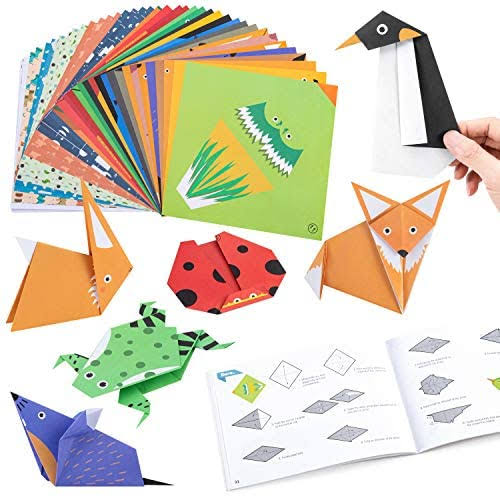
It’s finally time to fold after all that paper science. You’ll notice that your paper selection is extremely simple, especially at the basic level: 95 percent of the simpler models can be folded with printer paper. Simply avoid using a little sheet, and you’ll be OK.
Consider paper recycling. Magazines, junk mail, napkins, receipts, tickets, inflated paper currencies from an abroad vacation, favourite store wrapping, and so on are all plentiful around the house. Look around and try everything; this can be a fun way to make a special piece of paper into a keepsake that will last a long time.
Also, keep origami paper away from moisture and in a cool, dry area. To avoid unnecessary creases, always store it flat.
Final Thoughts
Design your own origami paper to add some of your own personality to your next project. Use freehand linework, bold colours, and even personalised text extracts to adorn a standard sheet of washi or duo paper (or another favourite kind if you’re an experienced folder). You’ll have a one-of-a-kind piece of paper art to show when you’re done.
The only limit to the number of ways you can design your own origami paper is your imagination. Consider writing a note or holiday card to a loved one and presenting it to them as origami. There are specified sheets of paper for distinct origami pieces in many origami kits. Purple cows are still fashionable, so don’t be afraid to experiment!
Stay on board with us on our blog for more updates on anything and everything you want to know on various topics!
Also don’t forget to read our recent archive on Climate Change: How to Explain Climate Change to a Child!
Share with your friends

